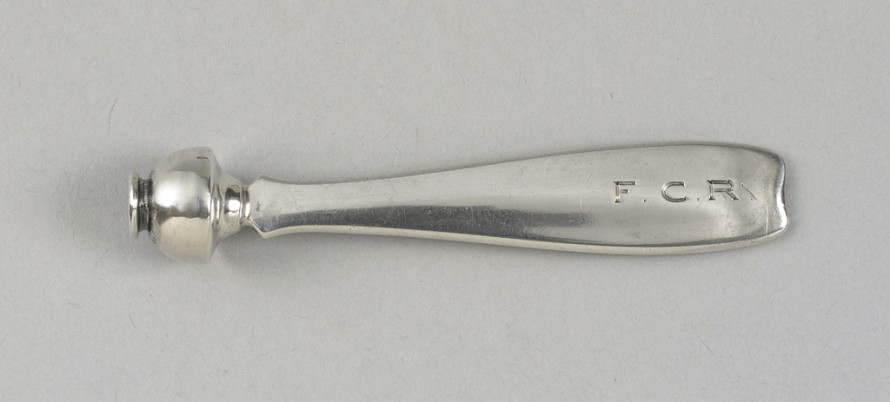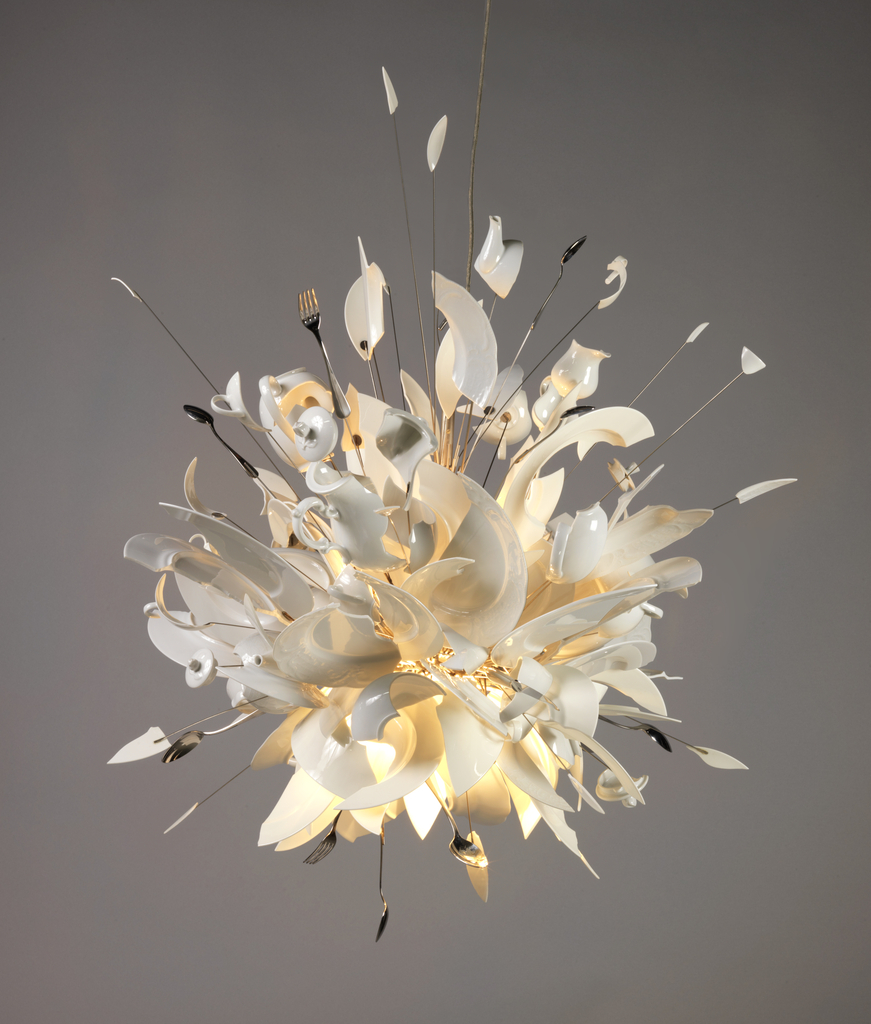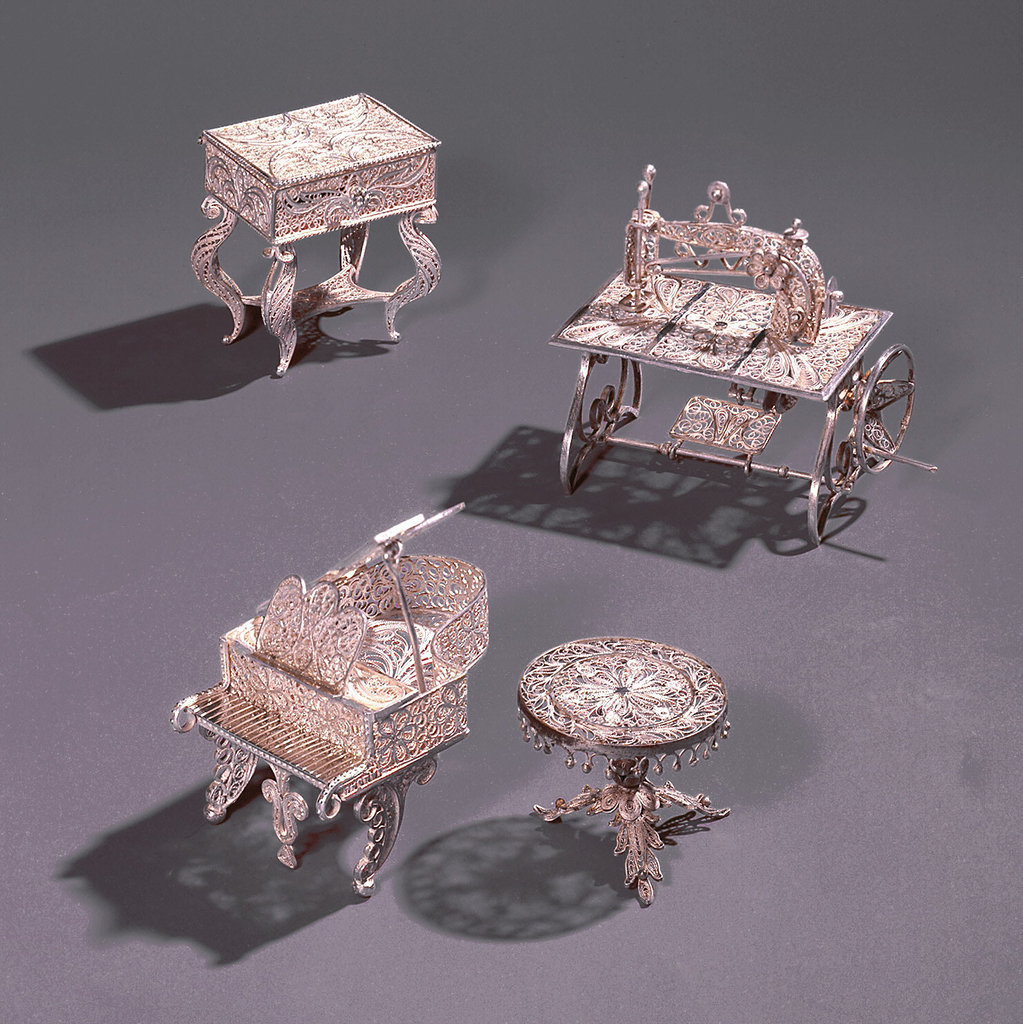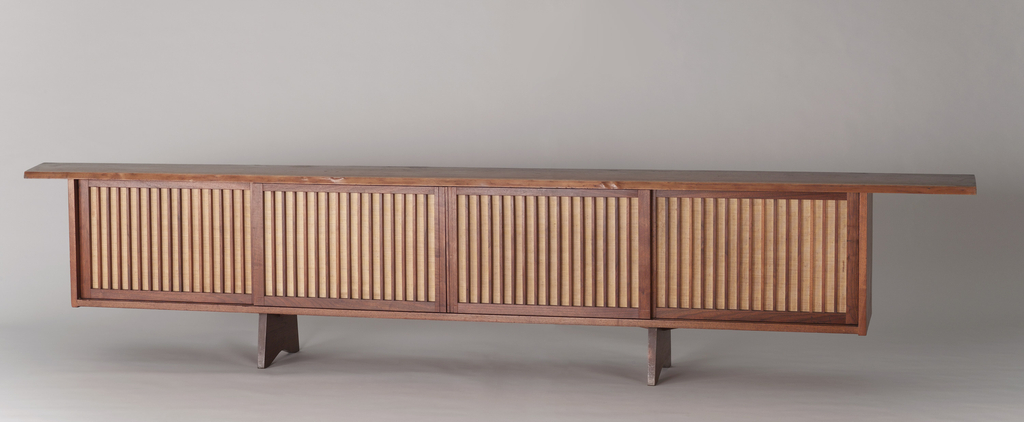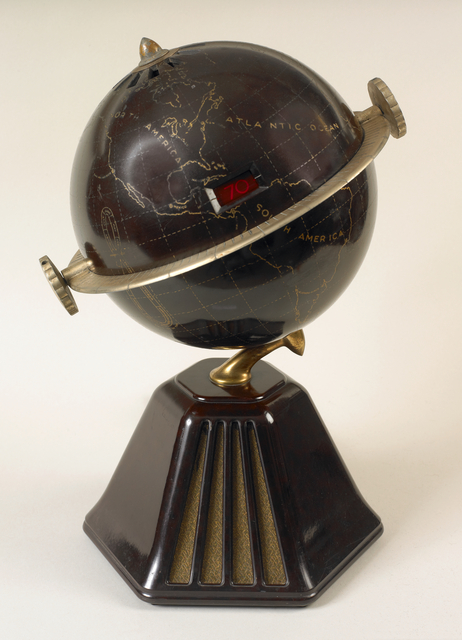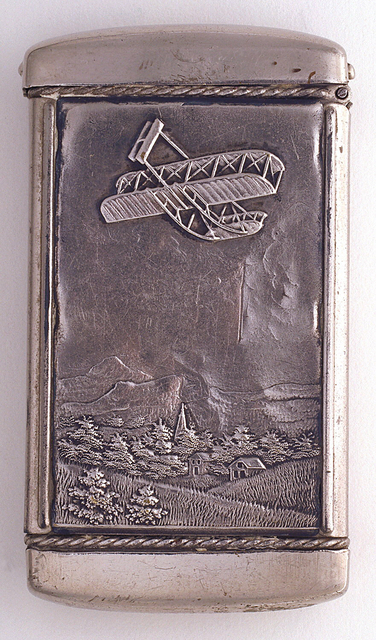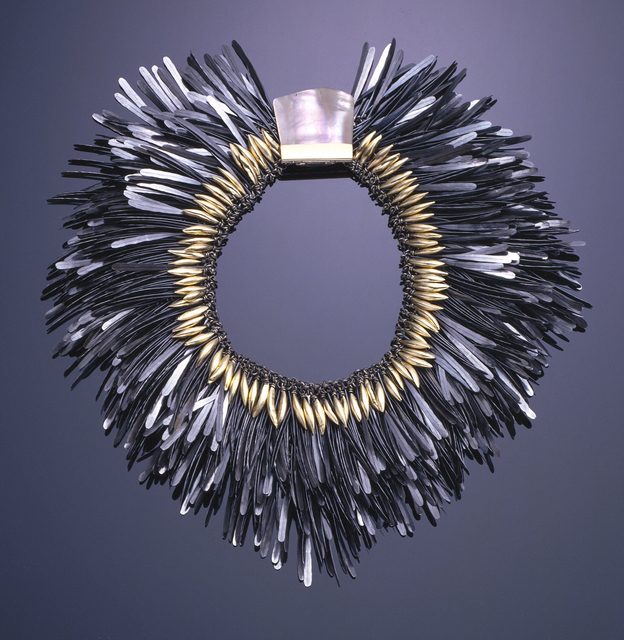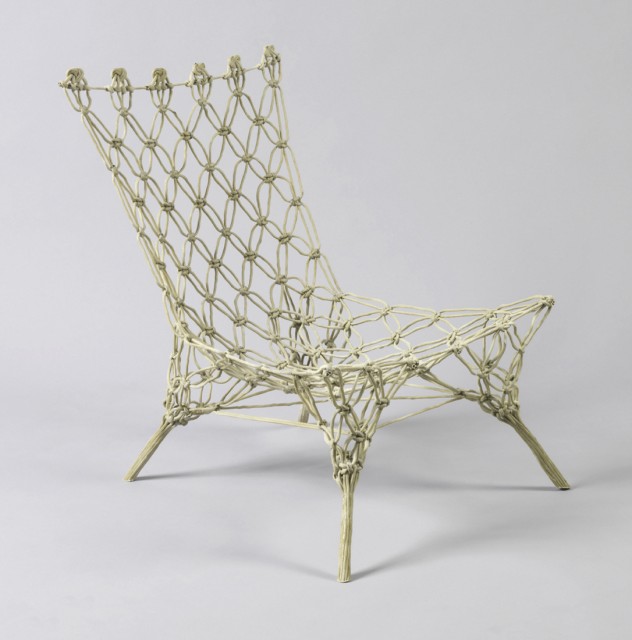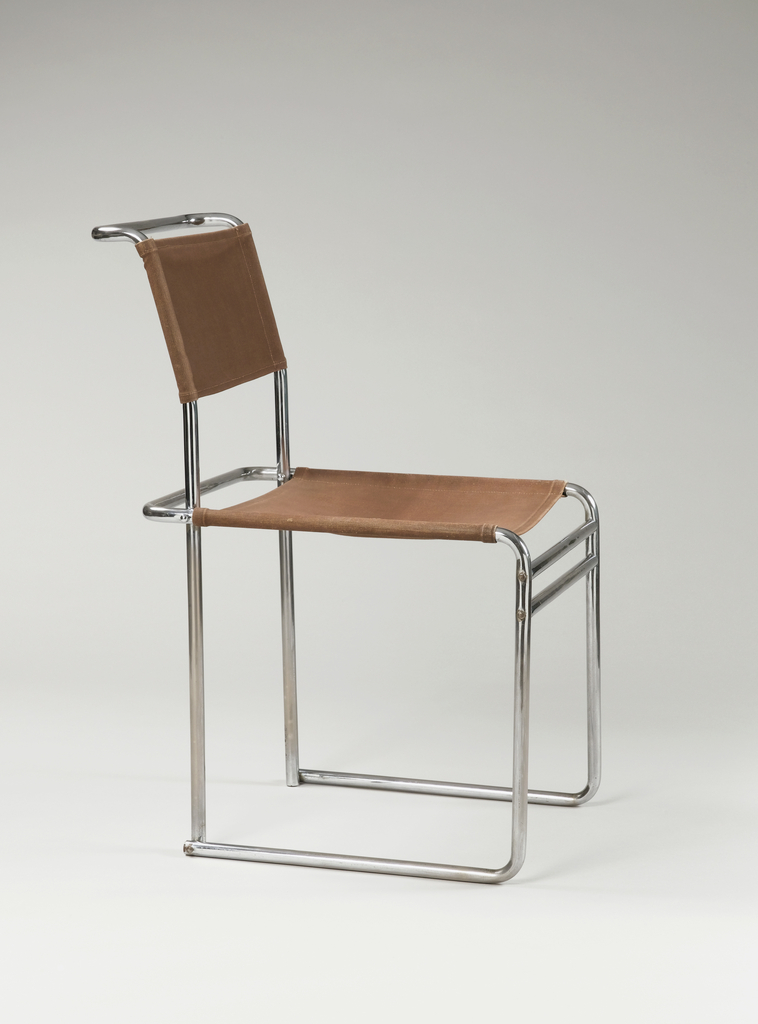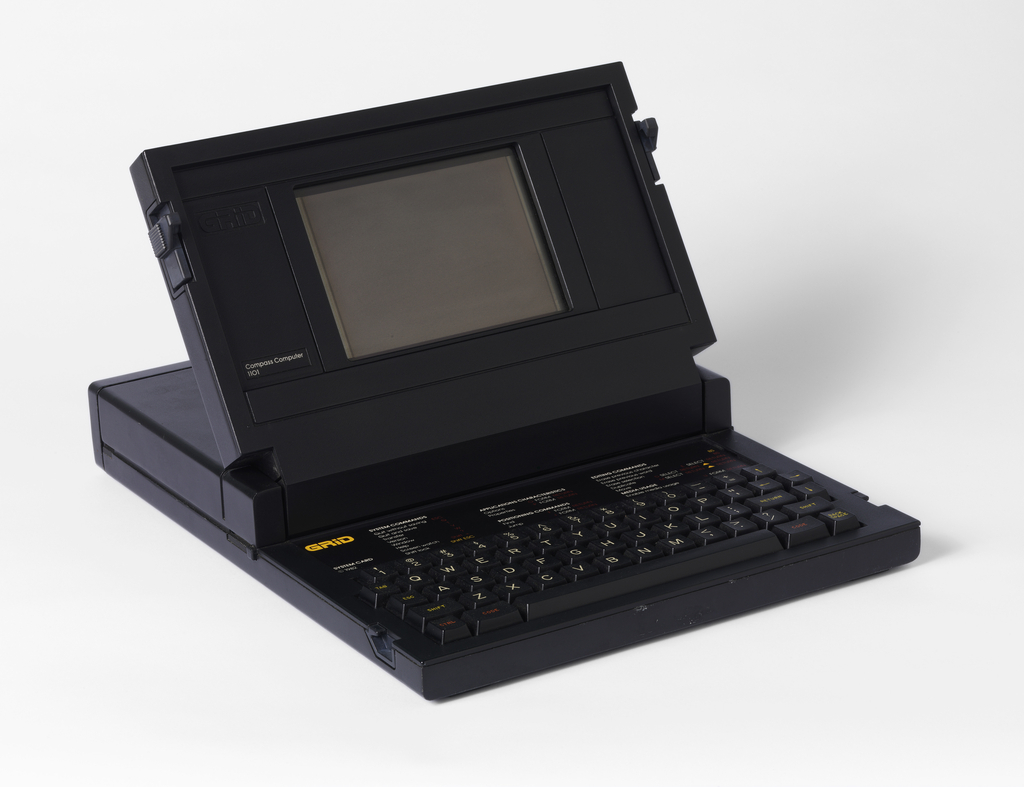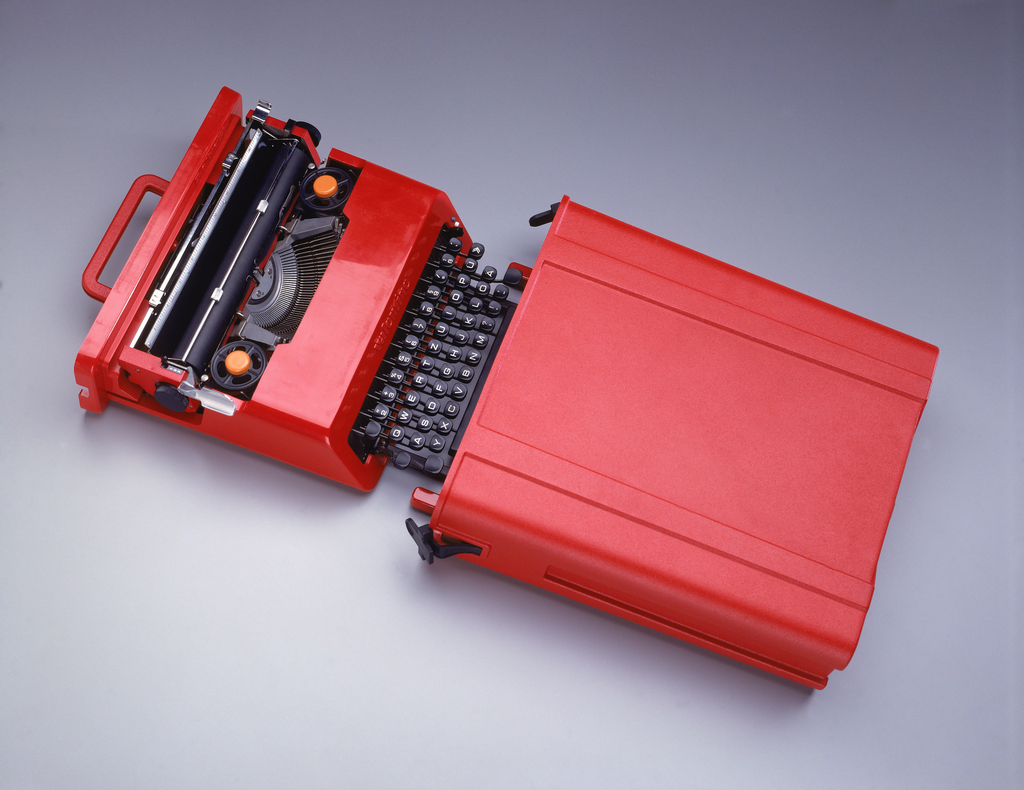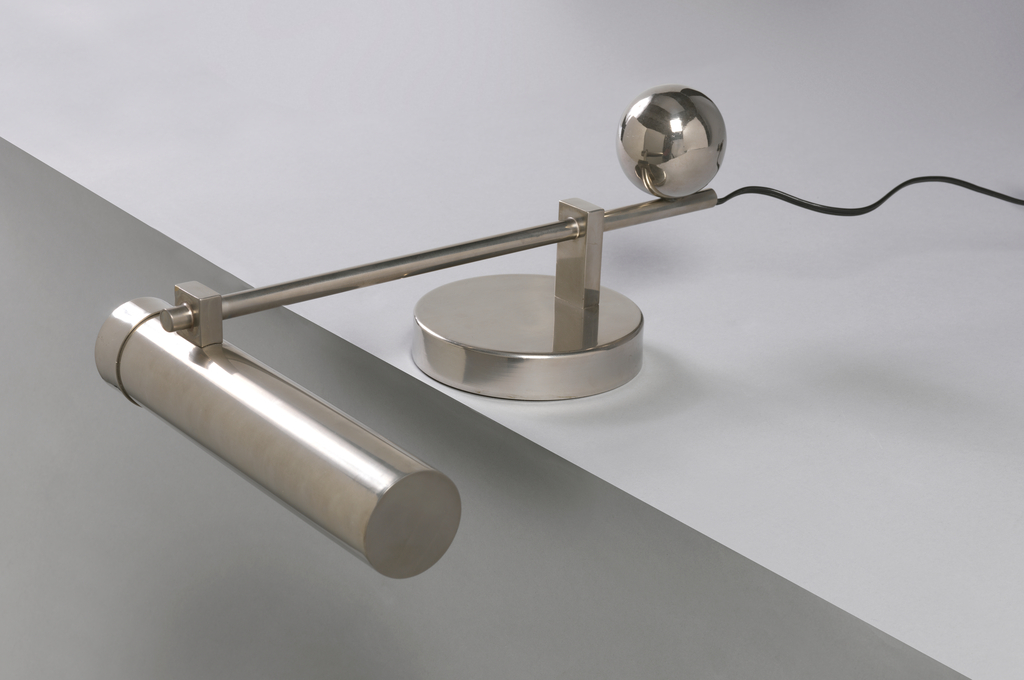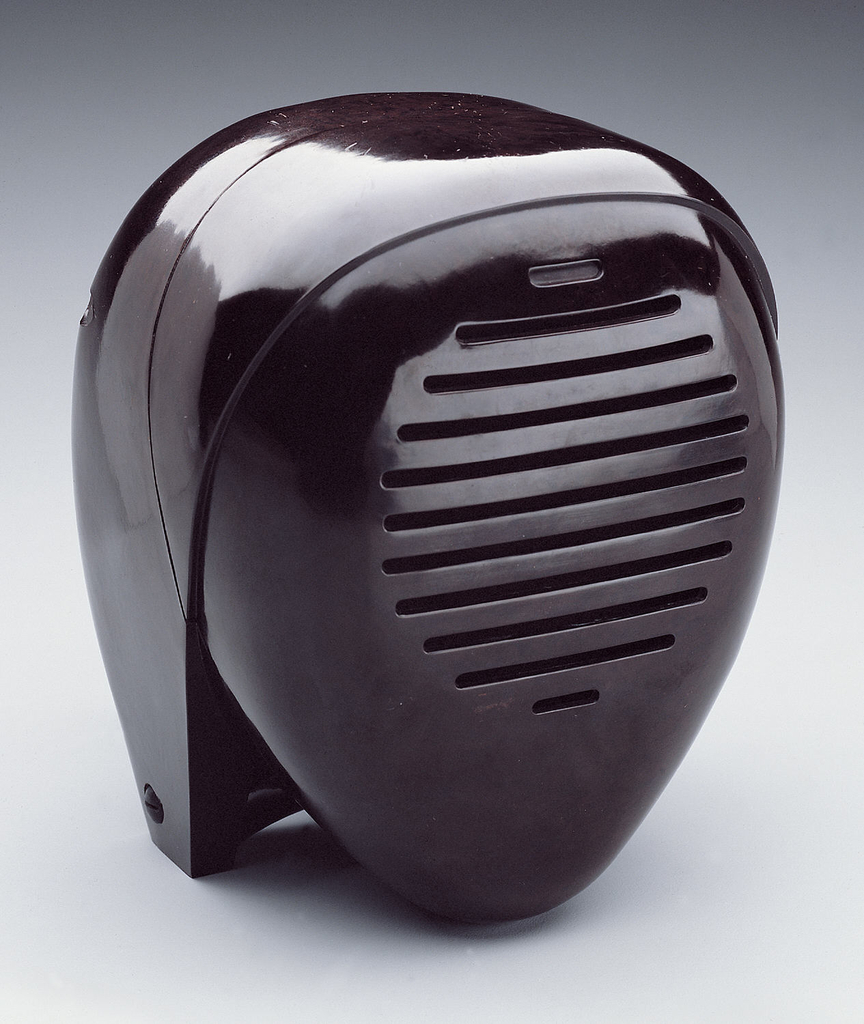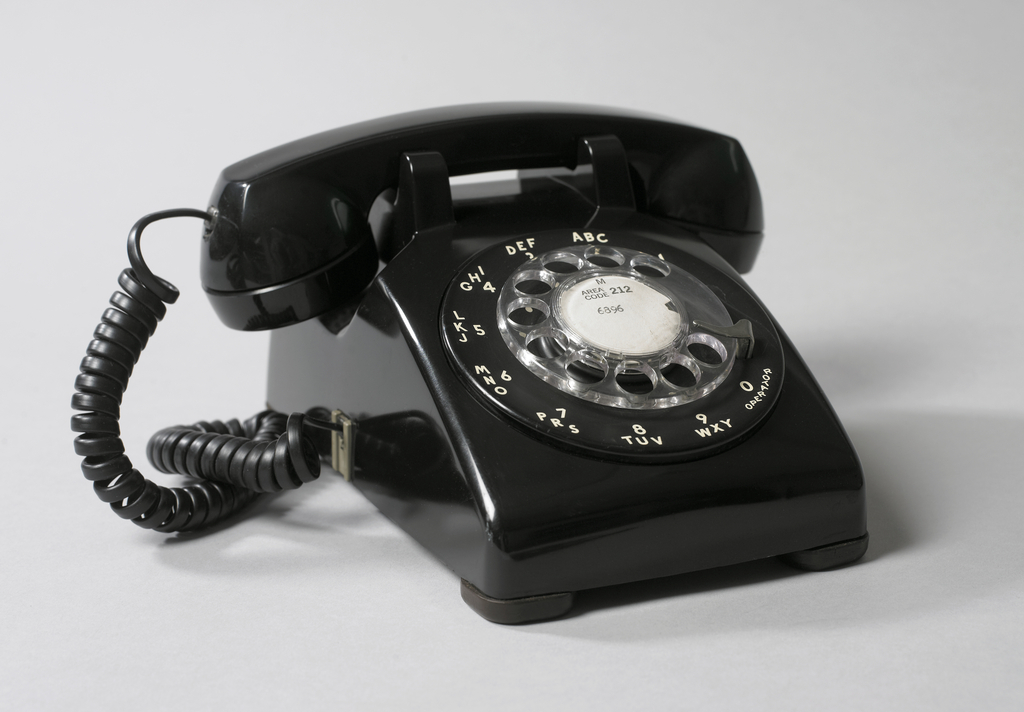“I’ll send it to Bob Cratchit’s!” whispered Scrooge, rubbing his hands, and splitting with a laugh. “He shan’t know who sends it….”[1] Not long after re-reading “A Christmas Carol,” I was reminded of mid twentieth-century Christmases and gift giving when I came across our research file for this Tiffany & Co. silver telephone dialer. The main...
The Landi chair, created by the self-taught designer Hans Coray, was one of the first highly successful designs for seating furniture using sheet aluminum, a relatively new material in the 1930s. Introduced in Zurich, at the 1939 Swiss National Exhibition (Schweizerische Landesaustellung, nicknamed “Landi”), the chair was the official seating for the exhibition grounds. Aluminum...
Fascinated by what he calls the “magical and mystical” qualities of light, lighting designer Ingo Maurer plays with conventional notions of brightness, shadow, and color. Trained as a typographer and graphic artist, Maurer worked in the United States before returning to Europe in 1963, where he was active as a graphic designer. The trigger for...
The craft of sewing is over 20,000 years old. The first needles were made of bone, antler, or horn, used to stitch together animal hides with thread-like sinew. Over time, thread and woven textiles became prevalent and there were advances in sewing tools—the earliest iron needles date from the fourteenth century, and the eyed needle...
One of the twentieth century’s most renowned furniture makers, George Nakashima (1905–1990) is remembered for his reverence for natural materials. With its silky, nuanced grain and soft, contoured edges, this massive sideboard embodies his profound interest in the organic expressiveness of wood. Nakashima was born in 1905 in Spokane, Washington to first-generation Japanese immigrants. After earning a master’s degree in architecture...
Raymond Loewy was one of the most prominent industrial designers in the United States. A French émigré, he began practicing in the new field of industrial design in New York City in the 1920s. As a child growing up in Paris, Loewy witnessed developments such as the automobile and the telephone transform everyday life. These...
One hundred and ten years ago, Orville and Wilbur Wright launched their first flyer—it became the first powered, heavier-than-air machine to make a controlled, sustained, manned flight. By 1905, the brothers launched their third flyer, which solved many of the pitch problems in their previous two models. In October of that year, Wilbur made a...
From the archives, an Object of the Day post on one of the designs featured in Rebeca Méndez Selects.
As a member of the Dutch cooperative Droog (Dry) Design, contemporary Dutch designer, Marcel Wanders, shared the group’s predilection for simplicity and wit, often creating visually spare and modest designs. His early works are distinguished by their use of ordinary materials or things—string, sponges, eggs, lamp shades—employed in new and often surprisingly delightful ways. Because of this,...
The tubular steel chair is one of the most emblematic types of Modernist furniture. While a number of European and American designers created versions from the late 1920s onwards, the original tubular steel chair was created by architect and designer Marcel Breuer in 1926. The 26-year-old Breuer was one of the first six apprentices in the Bauhaus...
When a particularly well-designed and innovative technology has been refined, reduced to an affordable price, and becomes widely adopted, it is easy to lose sight of the initial model and how much of an imaginative leap its revolutionary design represented. Decades ago, computers underwent a major breakthrough when the computing power that formerly required an...
For those who like to write for the joy of it—whether using pen and paper or the tablets, laptops, and smart phones that many are so accustomed to today—it is fun to remember a stylish portable manual typewriter that predates our mobile electronic devices. Introduced on Valentine’s day, 1969 (hence its name), the playfully bright...
Utilitarian object? Small-scale abstract sculpture? Both. When I first had the opportunity to investigate this lamp close up, I was struck by the way it’s form, composed of the simplest geometric shapes—circle, sphere, cylinder, cube, seemed to articulate a perfect balance between the functional and the artistic. The lamp was designed by Dutch architect Jacobus...
A fascinating confluence of design, technology, utility, and social influences is embodied in the Radio Nurse, part of a wireless microphone and speaker system introduced in 1938 by the Zenith Radio Corporation, conceived as a baby monitor and aid for home or hospital. The system consisted of a sculptural transmitter called the Radio Nurse, designed...
If you grew up in America in the mid-1950s-70s, you no doubt encountered the Model 500 telephone or one of its variants in almost every home or workplace you entered. The model 500 became the standard desk-style phone in the U.S., with over 93 million units produced for homes and offices between 1949 and the...
